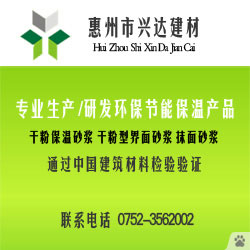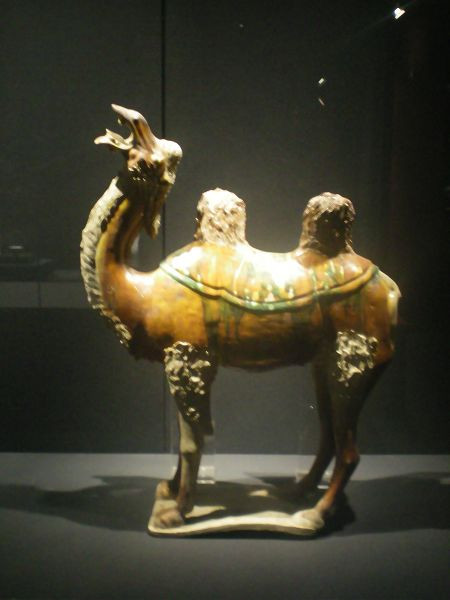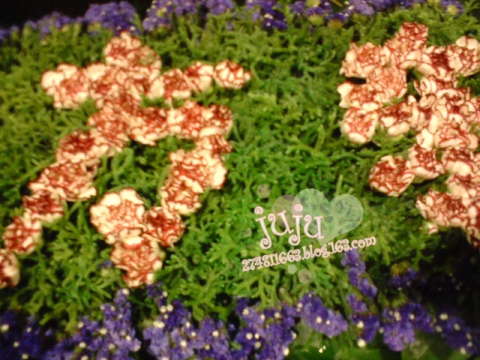Gucci history
luyued 发布于 2011-05-31 10:27 浏览 N 次If you want to buy somethingGucci shoes, so you want to be with a certain degree of this brand of understanding. When your friends compliment your shoes beautiful, you can tell them you wear introduced the history of this brand, small show off your cultural connotation. Now then let me introduce to you our gucci history From modest beginnings at the end of the nineteenth century, the Gucci company became one of the world's most successful manufacturers of high-end leather goods, clothing, and other fashion products. As an immigrant in Paris and then London, working in exclusive hotels, young Guccio Gucci (1881 1953) was impressed with the luxurious luggage he saw sophisticated guests bring with them. Upon returning to his birthplace of Florence, a city distinguished for high-quality materials and skilled artisans, he established a shop in 1920 that sold fine leather goods with classic styling. Although Gucci organized his workrooms for industrial methods of production, he maintained traditional aspects of fabrication. Initially Gucci employed skilled workers in basic Florentine leather crafts, attentive to finishing. With expansion, machine stitching was a production method that supported construction. Together with three of his sons, Aldo, Vasco, and Rodolfo, Gucci expanded the company to include stores in Milan and Rome as well as additional shops in Florence. Gucci's stores featured such finely crafted leather accessories as handbags, shoes, and his iconic ornamented loafer as well as silks and knitwear in a signature pattern. The Gucci loafer is the only shoe in the collection of the Museum of Modern Art in New York. The company made handbags of cotton canvas rather than leather during World War II as a result of material shortages. The canvas, however, was distinguished by a signature double-G symbol combined with prominent red and green bands. After the war, the Gucci crest, which showed a shield and armored knight surrounded by a ribbon inscribed with the family name, became synonymous with the city of Florence. Aldo and Rodolfo Gucci boot further expanded the company's horizons in 1953 by establishing offices in New York City. Film stars and jet-set travelers to Italy during the 1950s and 1960s brought their glamour to Florence, turning Gucci's merchandise into international status symbols. Movie stars posed in Gucci's clothing, accessories, and footwear for lifestyle magazines around the world, contributing to the company's growing reputation. Gucci's distinctive lines made its products among the most frequently copied in the world in the early 2000s. Pigskin, calf, and imported exotic animal skins were subjected to various methods of Gucci shoes shop on Stroget in Copenhagen, Denmarkfabrication. Waterproof canvas and satin were used for evening bags. Bamboo was first used to make handbag handles by a process of heating and molding in 1947, and purses made with a shoulder strap and snaffle-bit decoration were introduced in 1960. In 1964 Gucci's lush butterfly pattern was custom-created for silk foulards, followed by equally luxuriant floral patterns. The original Gucci loafer was updated by a distinctive snaffle-bit ornament in 1966, while the "Rolls-Royce" luggage set was introduced in 1970. Watches, jewelry, ties, and eyewear were then added to the company's product lines. A particularly iconic touch, introduced in 1964, was the use of the double-G logo for belt buckles and other accessory decorations. The company prospered through the 1970s, but the 1980s were marked by internal family disputes that brought Gucci sandals to the brink of disaster. Rodolfo's son Maurizio took over the company's direction after his father's death in 1983, and dismissed his uncle Aldo-who eventually served a prison term for tax evasion. Maurizio proved to be an unsuccessful president; he was compelled to sell the family-owned company to Investcorp, a Bahrain-based company, in 1988. Maurizio disposed of his remaining stock in 1993. Tragically, Maurizio was murdered in Milan in 1995, and his former wife, Patrizia Reggiani, was convicted of hiring his killers. Meanwhile, the new investors promoted the American-educated Domenico De Sole from the position of family attorney to president of Gucci shoes for sale America in 1994 and chief executive in 1995. The company had previously brought in Dawn Mello in 1989 as editor and ready-to-wear designer in order to reestablish its reputation. Well aware of Gucci's tarnished image and the value of its name brand, Mello hired Tom Ford in 1990 to design a ready-to-wear line. He was promoted to the position of creative director in 1994. Before Mello returned to her post as president of the American retailer Bergdorf Goodman, she initiated the return of Gucci's headquarters from the business center of Milan to Florence, where its craft traditions were rooted. There she and Ford reduced the number of Gucci products from twenty thousand to a more reasonable five thousand. Tom Ford came to the foundering company with vision and style. Having the strong support of Dominico De Sole, Ford wished to maintain a sense of the company's history while updating Gucci's trademarks. In 1994 Ford became responsible for creative direction, and by 1996 he directed all aspects of the company-including ready-to-wear clothing, visual merchandising, packaging, interior design, and advertising. Ford and De Sole struggled to restore the former reputation of Gucci, while redirecting the growing brand to a new level for the market of the late 1990s. There were seventy-six Gucci sneakers stores around the world in 1997, along with numerous licensing agreements. Ford was instrumental in the process of decision-making with De Sole when the Gucci Group acquired Yves Saint Laurent Rive Gauche, Bottega Veneta, Boucheron, Sergio Rossi, and, in part-ownership with Stella McCartney, Alexander McQueen and Balenciaga. By 2001 Ford and De Sole shared the responsibility for major business decisions, while Ford concurrently directed design at Yves Saint Laurent as well as at Gucci. The French conglomerate Pinault-Printemps-Redout , however, gained ownership of 60 percent of the Gucci Group's stock in 2003. Women's Wear Daily then announced the departure of both Domenico De Sole and Tom Ford from the Gucci Group when their contracts expired in April 2004. The last spring collection under the direction of Ford and De Sole was a critical and commercial success. Amid widespread speculation in the fashion press about Ford's heir, the company announced in March 2004 that he would be replaced by a team of younger designers promoted from the ranks of the company's staff. In 2005, Frida Giannini was appointed as the creative director for women's ready-to-wear and accessories, previously joining Gucci in 2002. In 2006, she also became the creative director for men's ready-to-wear and the entire Gucci label. It is about some of the world brand to gucci historical knowledge. Now go to choose a paragraph of his beloved gucci shoes!
- 06-08· 【风的印记】夏雨评论“
- 06-08· 去哈森家小记樊宁配的照
- 06-08· 2011时尚哈森 永不褪色的优
- 06-07· Carine Roitfeld离职引发深思
- 06-07· 休闲男鞋第一品牌策乐总
- 06-07· 策乐品牌简介 (2011-05-10
- 06-07· 建二商场策乐专柜没找到
- 06-07· 新疆 心疆 ---- 一个人的浪
- 06-07· 商务休闲鞋"策乐"启动全新
- 06-07· 商场虚假打折面临20万罚款
- 06-04· 写小说的时候卡文了咋办
- 06-04· 卡文.克莱尔Calvin Klein香水
- 06-04· 一卡文就郁闷。
- 06-04· 11.1.19卡文碎碎念
- 06-04· 卡文的家
- 06-04· 我叫多拉斯
- 06-04· 设计这一运动的比多拉斯
- 06-04· 心袋魔鬼火晶中文版的金
- 06-04· 希腊米克诺斯岛旅游攻略
- 06-04· 清水阁===诗.词.联










